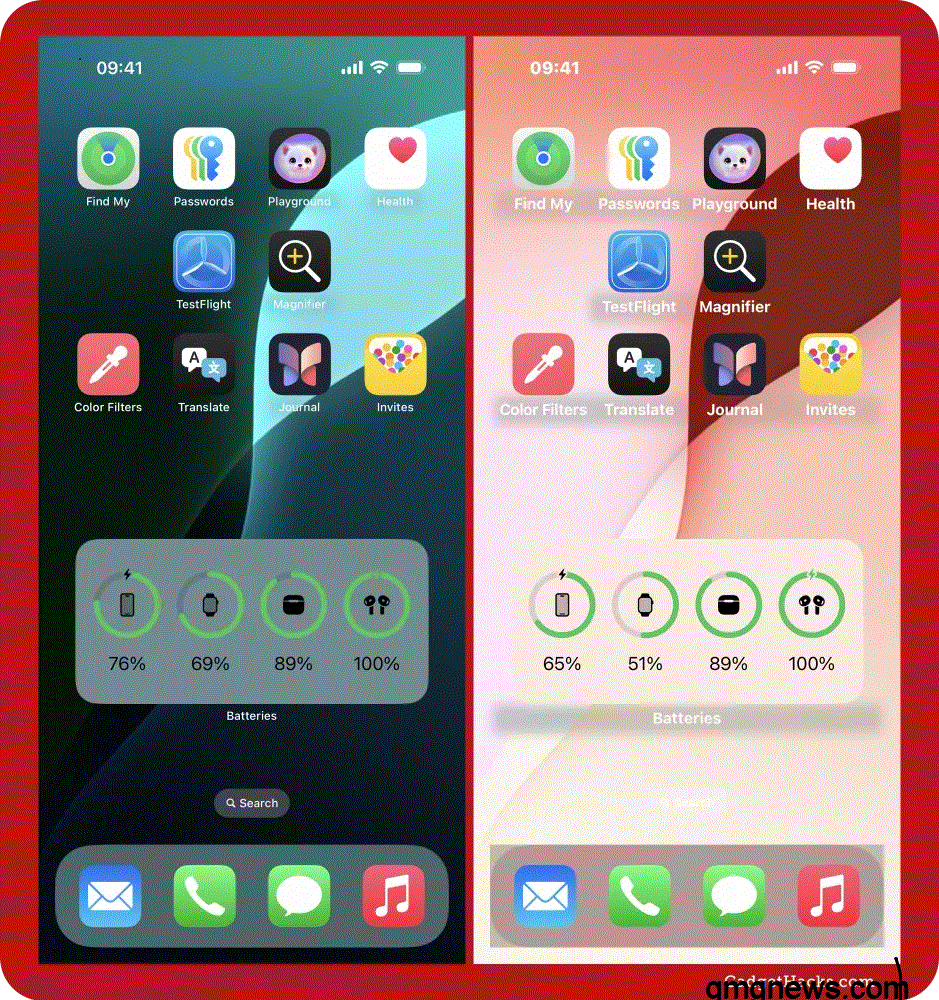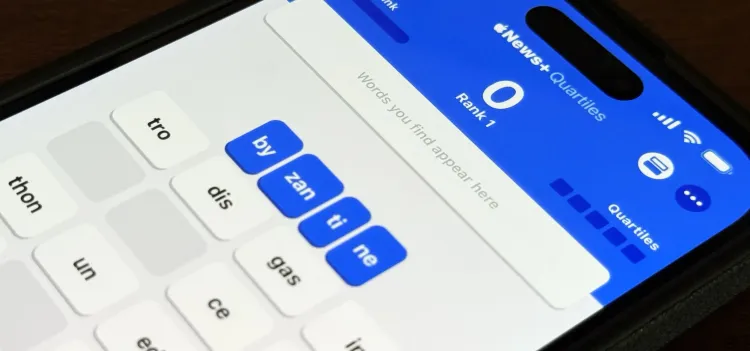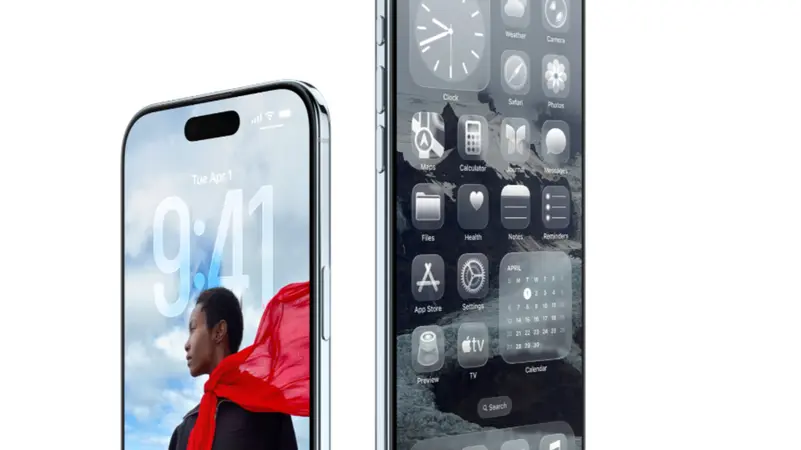Will Foldable Phones Become the Standard in 5 Years?

Foldable smartphones are no longer a futuristic concept—they are here. Devices like Samsung’s Galaxy Z Fold series and the upcoming iPhone models showcase foldable technology, blending tablet-sized screens with pocketable designs. This raises the question: will foldable phones become the standard in the next five years? For the latest insights on mobile innovation, visit our Technology section.
The Rise of Foldable Phones
Over the past few years, foldable devices have gained traction, offering users the flexibility of a larger display without sacrificing portability. Companies are investing heavily in durable folding mechanisms, flexible OLED screens, and advanced hinge designs. The technology aims to deliver the ultimate balance between performance, size, and convenience. Learn more about cutting-edge mobile tech at our Technology page.
Advantages of Foldable Devices
Foldable phones provide several compelling benefits:
-
Expanded screen space for multitasking, gaming, and media consumption
-
Portability, since a large screen folds into a compact form
-
Innovative user interfaces optimized for foldable layouts
For users who want the convenience of a tablet without carrying a separate device, foldable phones are a game-changer. Stay updated on device innovations at our Technology section.
Durability and Engineering Challenges
Despite their advantages, foldable phones face engineering hurdles. Flexible screens must withstand thousands of folds without degrading, while hinges must remain smooth and robust. Manufacturers have made significant progress, but long-term durability remains a key concern. More details on durability tests are available at our Technology page.
Software Optimization for Foldable Screens
Foldable devices require software that adapts dynamically to different screen configurations. Apps must transition seamlessly between folded and unfolded modes. Google, Apple, and Samsung are working closely with developers to ensure a smooth experience. Learn more about adaptive mobile software at our Technology section.
Impact on Productivity
Foldable phones can transform productivity. Users can run multiple apps side by side, view large spreadsheets, or edit documents on the go. This flexibility makes foldable devices attractive to professionals and content creators alike. For tips on productivity with foldable devices, check our Technology page.
Consumer Adoption Trends
Early adopters show enthusiasm for foldable phones, but wider adoption depends on price, durability, and app ecosystem support. Analysts predict that as manufacturing costs decrease, foldables could become mainstream in five years. Stay informed on adoption trends at our Technology section.
Comparisons with Traditional Smartphones
Compared to traditional smartphones, foldable devices offer more versatility but sometimes at a higher price point and with slightly thicker form factors. As technology matures, these differences are expected to diminish, making foldables a compelling alternative. Explore more device comparisons at our Technology page.
The Future of Foldable Technology
Innovations such as rollable displays, under-screen cameras, and enhanced battery integration promise to take foldable phones to the next level. Within five years, foldable devices may dominate premium smartphone categories, blending tablet functionality with mobile convenience. For future tech predictions, visit our Technology section.
Foldable smartphones are more than a novelty—they represent a shift in how we interact with mobile technology. While challenges remain, rapid advancements in design, software, and user experience suggest that foldables could become the standard smartphone design within five years. For continuous updates, reviews, and insights, follow our Technology section.




